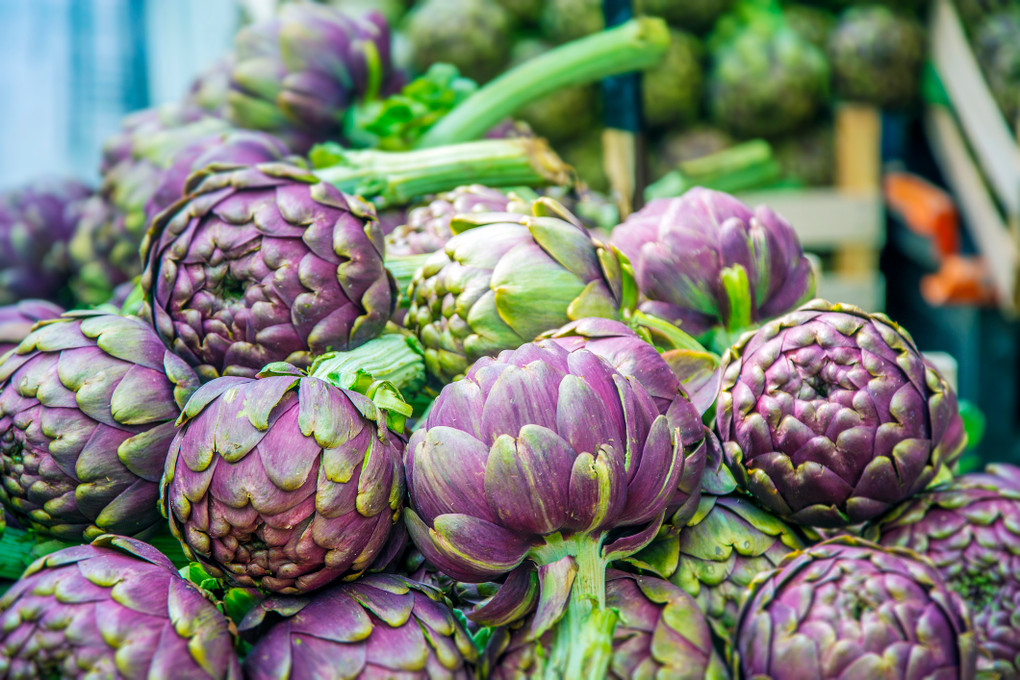
The Artichoke Challenge
Posted by Seeds from Italy on 17th Jan 2020
If you’re the kind of gardener who likes to flex your horticultural muscle with a challenging crop, may we suggest Italian artichokes? Artichokes are perennial in their Mediterranean home, where it never gets too cold or too hot. In the U.S., there is only one area of California that is naturally suited to growing them as perennials. For the rest of us, artichokes need to be coaxed along. But it’s a fun process and if you succeed, you deserve to brag about it.
Artichokes are tender perennials that flower the second year after planting. In the parts of California where they are grown commercially, they can be planted one year and harvested for several years afterward.
Elsewhere, artichokes can be “tricked” into behaving like they are second-year perennials by exposing young plants to a cold period. This is known as vernalization. Here’s how to do it:
As soon as you get your seeds, put them with some slightly moist sphagnum moss into an airtight container in the refrigerator. If the moss starts to dry out, mist it lightly, remembering that you’re aiming for humid, not wet, conditions around the seeds. When you are 10 weeks out from your usual frost-free date, plant the seeds in small pots and keep them warm, 60-70 degrees. They take two to three weeks to germinate, but they are robust little seedlings once they are up.
Artichokes are heavy feeders and will appreciate steady moisture and the occasional dilute fertilizer. When your planting date is two weeks away, put the plants outside. Bring them indoors if a freeze threatens. The ideal temperature for this two-week period is 50 degrees, so try to find the spot where they won’t get much warmer than that. This period of cold weather will force the plants to form buds sooner than they would if the were kept warm.
Once the danger of a freeze is past, plant them outside in light, well-drained fertile soil. Heavy, waterlogged soils will be the death of artichoke plants. Give them plenty of space — 3 feet between plants.
At this point, your success will depend on the weather. If it gets hot and dry too quickly, artichokes will form buds before the plants are mature enough. You can help by mulching the soil to keep it cooler, and by keeping the soil moist. Afternoon shade will help in hot climates. Your goal is to get the plants growing quickly so they have plenty of leaves and buds before the heat of summer arrives.
With luck, your plants will produce the first year, but even if they don’t, you can overwinter them for a second chance at buds. In Zones 9 to 11, the plants should be cut to soil level and mulched before winter. In Zones 6 to 8, they should be cut back to about 12 inches tall, and mulched heavily then protected from moisture with plastic or an overturned pot. In colder areas, the plants can be cut back and transplanted to pots to spend the winter in a frost-free basement or garage.
The goal of babying along artichoke plants is, of course, to have plenty of the delicious vegetable for your dinners. But even if production is sparse, you will still enjoy the appearance of the tall, spiky, silver plants. Good luck!
